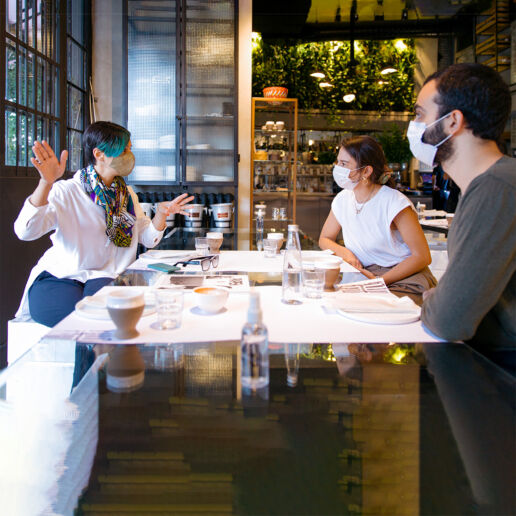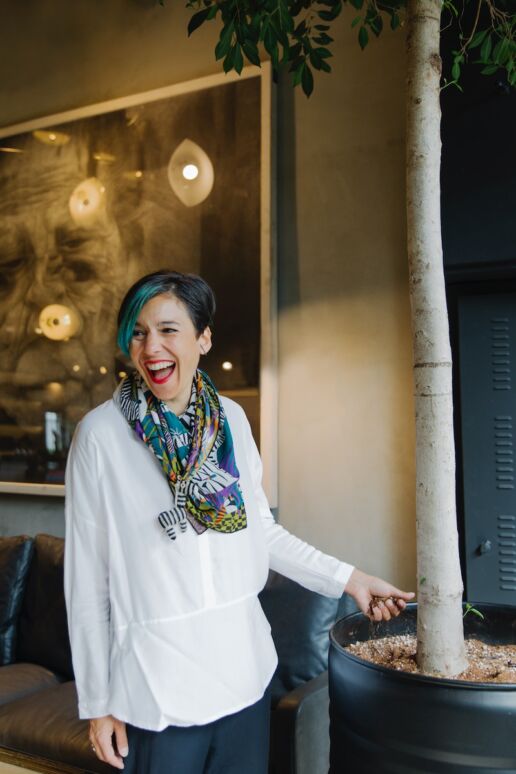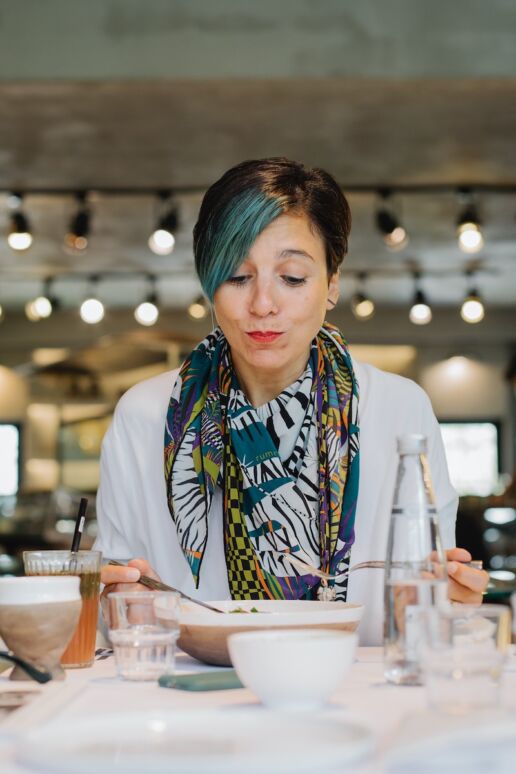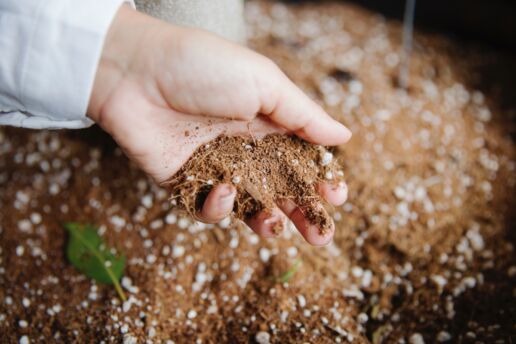ISTANBUL DESIGN BIENNIAL
Photography: Nazlı Erdemirel
The theme of this year’s Design Biennial is “Empathy Revisited: Designs for more than one”. Let’s start here: What do you expect visitors will think about the title of the biennial?
Curated by Mariana Pestana with Sumitra Upham and Billie Muraben with the title Empathy Revisited: Designs for more than one, the biennial set off by going back to the essence of the concept of empathy. At the beginning of the 20th century, empathy was about a person’s relation with objects and the feelings developed towards them. You could define it as ‘feeling within’. In due course, the meaning of the word evolved to become associated with understanding among people.
We constructed the biennial on empathy towards people, species, our environment and objects with the intention of creating a framework where we question the place of design in relation to these factors. Actually, the message behind designs for more than one is about designs for more than one body, for other species and for our environment.
Can we talk about the three main axes of the programme, namely the Critical Cooking Show, the Library of Land and Sea, and New Civic Rituals? Could you elaborate on each?
These are components of the biennial we reshaped in the wake of the pandemic.
The Critical Cooking Show relates to urgent ecological, economic and geopolitical conditions, featuring stories on food production and consumption, and their impact on the environment. The kitchen is actually a metaphor for a centre of storytelling, a place that is pivotal in human lives and one that defines our habits. Consider it a place for discussing food preparation techniques and taking a closer look at the tools we use in the kitchen from a performative perspective. Indeed, some designers will be cooking in the kitchen, but our main concern is telling a story rather than sharing recipes. There will also be designers trying to convey their issues through the kitchen metaphor.
New Civic Rituals is about exploring ways of re-experiencing this sense of empathy and offers suggestions about how we can get together once more. There will be a series of outdoor installations that generate new kinds of encounters. We will take Pera Museum as an urban space for intervention and a place to discuss this topic. The audience will be invited to take part in different activities and experiences. The works displayed in the city will be modest and we hope that they will remain there in the long-term.
The third axis is the Library of Land and Sea, which is basically about our passion for research. 10 researchers from different backgrounds are working on projects with a focus on developing new tools to build on economic and environmental resilience in the Mediterranean Basin. There will be a library where we explain these 10 projects and share hidden details. The research will go beyond the biennial and we will provide an update on the projects a year from now.
No doubt, the concept of “uncertainty” and especially about the future is a pressing subject these days. Considering the status quo, how did you approach this year’s biennial? How does it compare to previous years?
We really strived to establish a sense of empathy. Prior to the pandemic, my last trip with the curator was a research visit to Lebanon. We intended to determine designers and projects. The curator had gone to Beirut before me. I followed two days later. However, the quarantine was already in place and we were late to realise the gravity of the matter. The streets were deserted. It was hard to get our heads around it…
To be frank, we are facing a multitude of challenges because the main team is in Turkey, our curators are in Portugal and the UK, while other designers are all around the world. Everyone is facing a reality of their own. We probably redesigned the biennial almost ten times, thinking of ways to reach out to our audience and environment. Ultimately, we agreed that empathising was the best way forward.
The pandemic has had more than a physical impact on us. How did it play out on the themes, the artists and the artwork? What are your observations?
From the onset, our main issue was to demonstrate our relationship with the environment and other species, how the process of food from field to the table fits in with the main story with an emphasis on our need to change our habits. So, the pandemic fitted into the picture quite nicely. Designers were forced to re-question their own practices. Likewise, we will have to keep on questioning the format of events. Similar trends can be observed all around the world – especially in the context of architecture and design biennials. Design is all about evolving, rethinking, contemplating and researching and progressing.
Outdoor events mean that the biennial will spread throughout the city. How would you define the relation between this year’s biennial and the city itself?
Most of our designers are foreign. So, they have an outsider’s perspective on developing installations or practices based on their relations with local communities. More important than the designed object is conceiving how it will be used and its place in a specific community. This is why we make sure that designers are our partners – this is especially the case for New Civic Rituals. We expect designers to stand behind their installations beyond the biennial event itself.
Ideally speaking, what feelings would you like the visitors to take back home?
We want the audience to feel curious about the themes in the biennial, to install a sense of awareness. The designers have tackled very different topics. I think it is a great opportunity to see all these different approaches in one biennial. There might be issues that have been overlooked over the past five years. They will all come together at this biennial. The greatest achievement would be to make the audience ask different questions after seeing these intriguing works.





